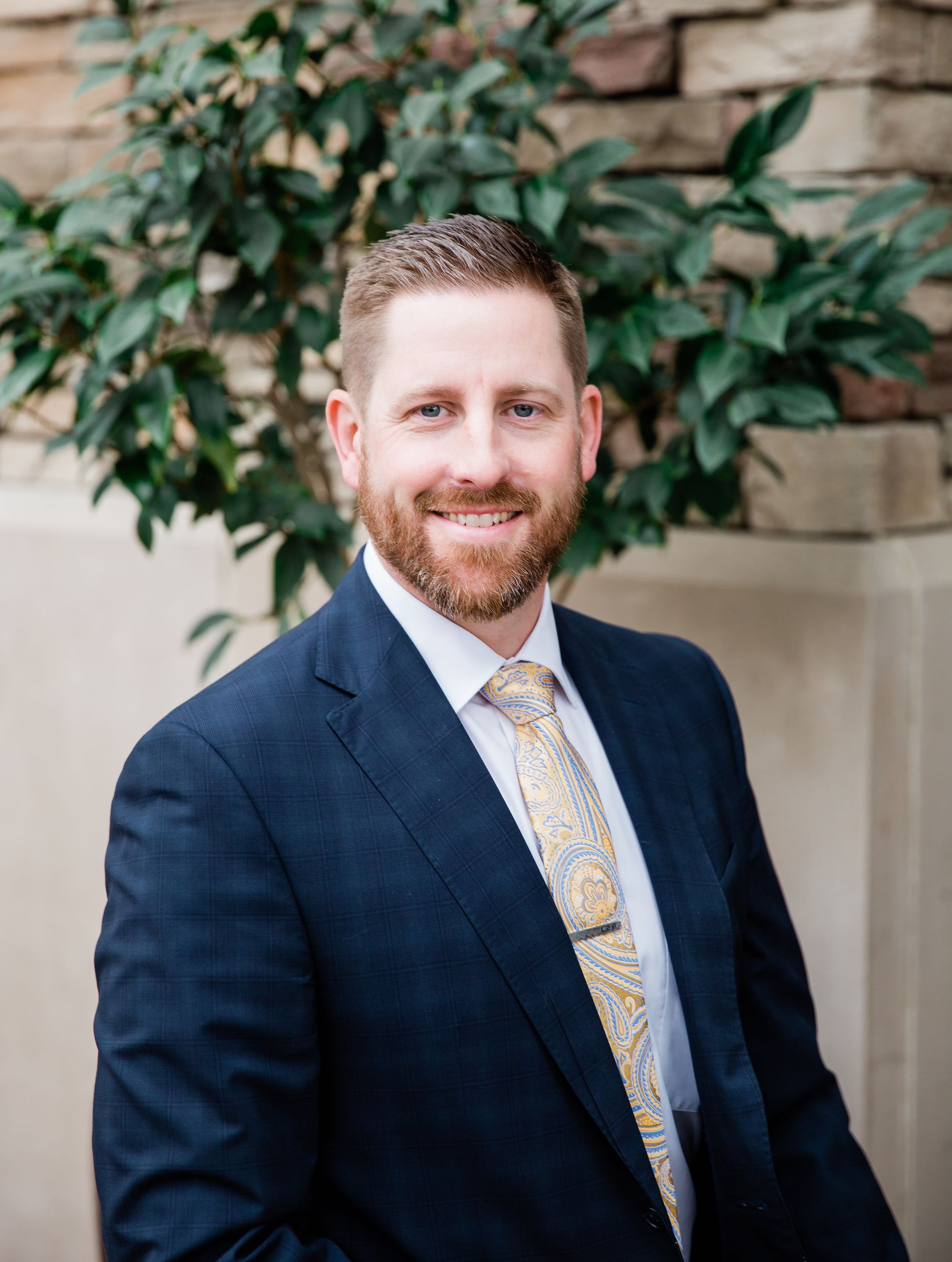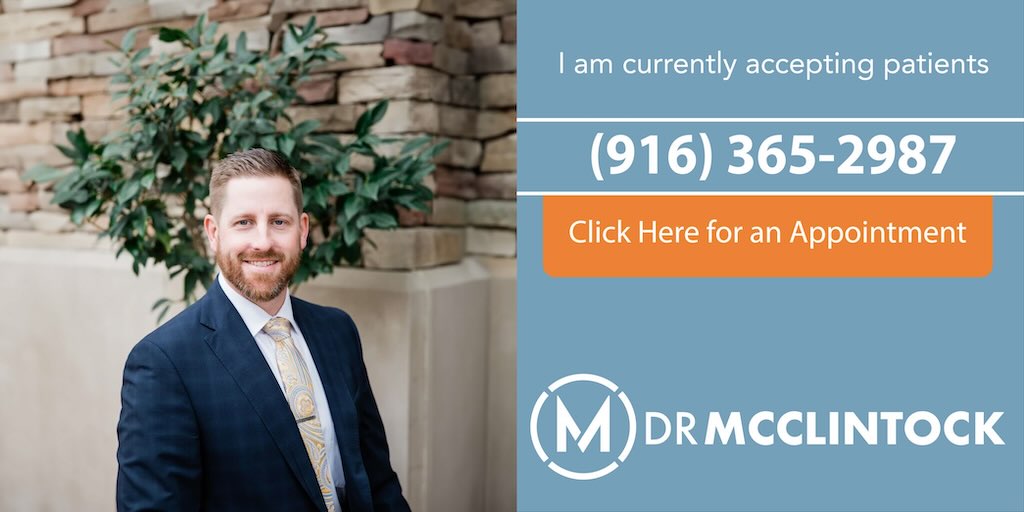Video Transcript
Hi there. I’m Doctor Kyle McClintock. I’m a shoulder and elbow specialist in Northern California. I wanted to take a brief minute to go over some of our post-operative instructions after you’ve had surgery.
The process of undergoing surgery is a very daunting one for most patients, and there’s a lot of information that gets passed back and forth between myself and the patient throughout that process. It can be overwhelming at times. So, the main thing to keep in mind after surgery is that the road to recovery is just beginning.
After the procedure is performed, and we’ve had a successful surgery, you head to the recovery room, there you’ll go through the recovery process. And depending on whether or not you’re staying in the hospital or going home will depend on the procedure that’s performed. Most of our surgeries that are arthroscopies or more minimally invasive type procedures will go home the same day. Sometimes patients who are having a bigger procedure, such as a joint replacement, a total shoulder replacement, reverse total shoulder replacement, or something along those lines, will stay the night. That’ll be a decision that we make together in conjunction with your medical team to decide whether or not you’re a candidate to go home that day or if you need to stay.
The body requires time to heal. There are a lot of very specific protocols, and links to these protocols will be found on the website where you can kind of click and remind yourself of where you should be in the recovery process. But in general, the first few days, we just want you to take it easy, rest, wear the sling as directed. It’s okay to come out of that sling every day, a few times a day, to give your elbow, hand, and wrist a breather because those joints tend to get stiff, but they’re mobilized for a prolonged period of time. While we’re using the sling to protect the repair of the shoulder or other body parts, you don’t want to compromise the function of neighboring joints. It’s really important that you come out of that sling every day and work on some gentle range of motion exercises.
The second question that we often get is how long do I need to keep my post-operative dressings on before I take them off? The answer to that question is a little bit variable depending on the procedure that you had performed. In general terms, after an arthroscopy or a more minimally invasive type procedure, those dressings can be removed two to three days after surgery, and small waterproof bandages that can be purchased at any pharmacy can then be applied over those small incisions to keep them protected from the outside environment, which would allow you to shower and perform daily hygiene as needed.
For the bigger procedures, we tend to use dressings that are waterproof in nature. So, those typically stay on for five to seven days and will allow you to shower with the dressing on, because it is again waterproof and provides an excellent antimicrobial barrier to the outside environment during that early healing phase of the wound.
Pain is different for each person. We use pain medications. We use ice. We use elevation. We use immobilization, all of those tools to help focus on reducing post-operative pain, reducing post-operative inflammation, and swelling, and helping you get back on your feet moving forward. We’ll work with you closely to provide the necessary medications using a multimodal pain management pathway. By doing so, we can keep your pain tolerable and help you get off those medications as quick as possible, so you don’t need to be on them for a prolonged period of time.
Most, if not all, shoulder surgeries or upper extremity surgeries are performed with what’s called an inner scaling block. It’s basically an injection of some numbing medication that’s placed into that large bundle of nerves near the shoulder that helps to numb the shoulder. Pain control in that early post-operative window is really highly controlled with that block, and it makes it so that people can be pretty comfortable as they transition from the surgery center to home. But I do recommend that you stay on top of the pain medication once you return home because it’s always harder to catch up if you get behind than it is to stay ahead.
In general, most patients will start therapy about two weeks out from surgery. This is a very gradual process, and we work closely with our physical therapist, both in the outpatient setting, as well as our home physical therapy team, to help make sure that we have a customized rehab plan that’s specific to you, to the procedure that you had, and we’ll maximize your functional return of motion, and eventually get your arm working the way that you desire it to work.
Our office reaches out pretty regularly in the post-operative window via phone to just check on you, see how you’re doing, make sure everything’s okay. Answer any questions that you may have. We also receive feedback from our therapy associates. We have multiple people checking in on you and making sure that things are going smoothly. And that any questions that may arise in that recovery period are answered in a timely fashion.
The sling is worn for about the first six weeks, four to six weeks, depending on the procedure that is performed. Once we are out of the window of requiring the sling, it’s really important that we get rid of that as quick as possible, so that we minimize stiffness associated with slinging mobilization. Sometimes it can be a detriment to patients if they rely too heavily on that in the long term. So, we’re going to have a conversation about that.
Our typical post-op appointments will occur in set intervals. We typically see you about two weeks after the procedure in the office. Then I see you at that six-week mark to make sure that you’re out of the sling, you’re making progress with physical therapy, and that we’re hitting all those milestones that we’re looking forward to. Then once we get closer to the three-month mark, we start working on strength, endurance activities, and having more in-depth conversations regarding resuming some of your normal activities.
One other question that we get asked quite frequently is the risk of a DVT or a blood clot after a surgical procedure of the upper extremity. The rates of those kinds of complications are much lower in the upper extremity than they are when we’re talking about hip and knee surgery, for example. However, as a standard precaution on all of my patients, we use aspirin full strength, 325 milligrams twice a day on all scopes, and shoulder replacements to help minimize that risk and prevent that complication even though it is not something that we see often with shoulder surgery.
We’re proactive and want to prevent any possible complications that we can by taking simple measures. Early mobility is another part of that. So, keeping the elbow moving, keeping the arm moving as much is allowed during that post-operative window, can help keep the blood flow circulating and also help prevent some of those complications.
I hope this video has been helpful for you as you prepare for surgery and what to expect in that post-operative period. Again, a lot of this information is going to be on the website, easy for you to access. And we’re always here if you have questions, concerns, whatever the case may be. Please feel free to call, speak to our staff, reach out to me. And we look forward to taking care of you during this recovery period.





